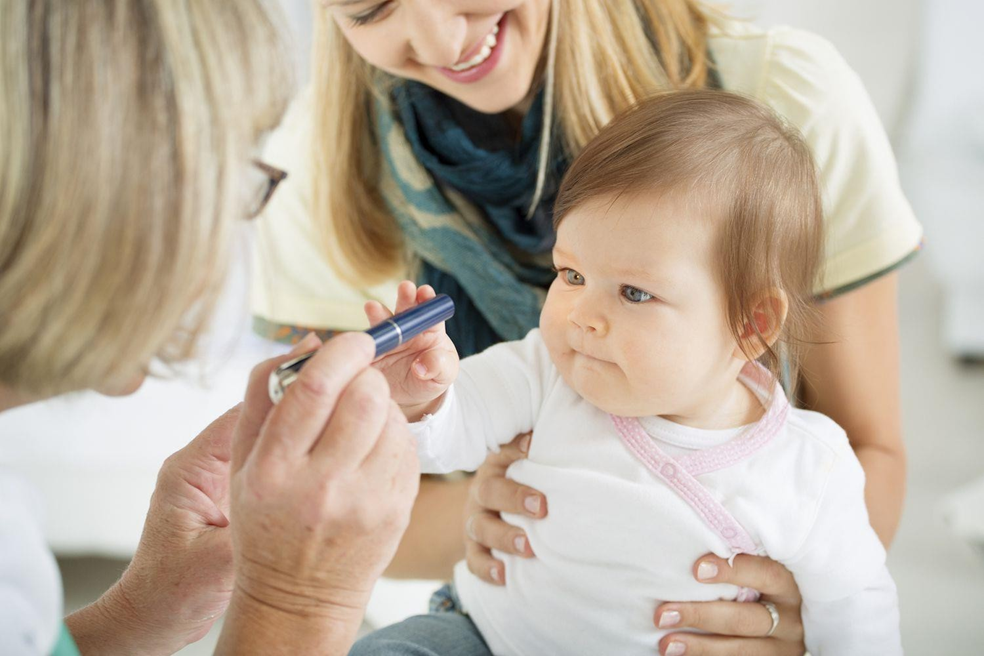A home health nurse is reviewing treatment goals with a client who has diabetes mellitus.
The nurse should evaluate which of the following laboratory tests to determine effective long- term management of blood glucose levels?
3hr oral glucose tolerance test
HbA1c
Fasting blood glucose test
Urinalysis for ketones
The Correct Answer is B
A. 3hr oral glucose tolerance test - This test is typically used for diagnosing gestational diabetes or impaired glucose tolerance, not for long-term management.
B. HbA1c - Hemoglobin A1c reflects the average blood glucose levels over the past 2-3 months and is a reliable indicator of long-term glycemic control.
C. Fasting blood glucose test - This provides a snapshot of blood glucose levels at a specific point in time and is not as reliable for assessing long-term glycemic control as HbA1c.
D. Urinalysis for ketones - Urinalysis for ketones is useful for detecting acute complications such as diabetic ketoacidosis but does not reflect long-term management of blood glucose levels.
Nursing Test Bank
Naxlex Comprehensive Predictor Exams
Related Questions
Correct Answer is ["B","D","E"]
Explanation
A. The provider should renew the prescription for restraints every 24 hours, not 48 hours.
B. Padding bony prominences helps prevent skin breakdown and pressure injuries.
C. Restraints should be tied using a quick-release knot, not a square knot, to allow for rapid removal in an emergency.
D. Removing the restraints every 2 hours allows for circulatory assessment, skin care, and range of motion exercises.
E. The provider's prescription should specify the type of restraint to ensure proper and appropriate use.
Correct Answer is A
Explanation
A.
A. The infant's eyes turn toward the light - This is the expected finding known as the "fixation reflex," where infants naturally turn their eyes toward a light source.
B. The infant's head turns away from the light - This would not be an expected finding during a vision screening; it may suggest a different reflex or issue.
C. The infant's eyes remain focused toward the floor - This would not be an expected finding during a vision screening; it may suggest a different visual or developmental concern.
D. The infant closes their eyes - Closing the eyes in response to light is not the typical response during a vision screening for infants.

Whether you are a student looking to ace your exams or a practicing nurse seeking to enhance your expertise , our nursing education contents will empower you with the confidence and competence to make a difference in the lives of patients and become a respected leader in the healthcare field.
Visit Naxlex, invest in your future and unlock endless possibilities with our unparalleled nursing education contents today
Report Wrong Answer on the Current Question
Do you disagree with the answer? If yes, what is your expected answer? Explain.
Kindly be descriptive with the issue you are facing.
